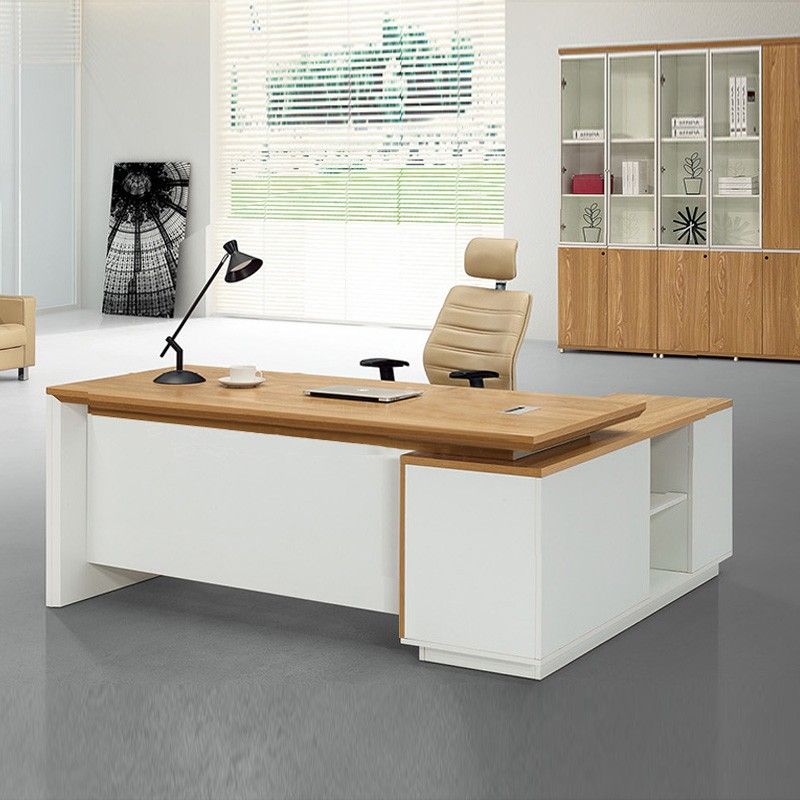In the contemporary office environment, the design and association of workspaces play a crucial role in enhancing productiveness, ensuring comfort, and fostering collaboration. Among the various workplace furniture solutions, workplace booths have emerged as a versatile and effective desire for developing organized and purposeful work regions. This article delves into the evolution, benefits, and issues of workplace booths, highlighting their effect on the cutting-edge workplace.
The Evolution of Office Cubicles
The idea of workplace booths dates lower back to the Sixties while Robert Propst, a fashion designer at Herman Miller, brought the “Action Office” device. Propst’s vision turned into to create a workspace that balanced privateness with collaboration, a revolutionary idea on the time. His layout featured modular panels that might be reconfigured to deal with distinctive wishes, a tremendous departure from the conventional open-plan offices and closed-door places of work of the era.
Over the decades, office booths have evolved appreciably. Early reception table design were frequently criticized for being too inflexible and impersonal, main to a belief of them as “cubicles of confinement.” However, advancements in layout and substances have converted cubicles into dynamic, adaptable, and aesthetically attractive components of cutting-edge office areas. Today’s cubicles provide greater flexibility, ergonomic features, and customizable options that cater to numerous work styles and organizational wishes.
Benefits of Office Cubicles
Enhanced Privacy and Focus: One of the number one advantages of office booths is their potential to offer man or woman workstations with a diploma of privateness. This setup allows reduce distractions, allowing personnel to cognizance on their responsibilities without consistent interruptions. The partitioned layout of cubicles creates a semi-enclosed environment in which employees can paintings extra correctly and with extra attention.
Space Optimization: Office booths are an effective answer for maximizing using to be had space. By using vertical panels and modular configurations, cubicles can accommodate greater personnel inside a given region as compared to traditional workplace layouts. This efficient use of area is especially precious in high-density work environments or smaller workplaces.
Flexibility and Adaptability: Modern office cubicles are designed with flexibility in thoughts. The modular nature of cubicles lets in for clean reconfiguration and growth as organizational needs exchange. Companies can quickly adapt their workplace format to house new hires, crew restructuring, or adjustments in workflow, ensuring that the workspace remains functional and aligned with the organization’s goals.
Personalization and Branding: Cubicles offer opportunities for personalization and branding inside the workspace. Employees can customize their cubicles with personal objects, artwork, or decorative factors, growing more enticing and cushy work surroundings. Additionally, companies can comprise their branding factors into the executive office table design, reinforcing company identification and fostering a sense of belonging among personnel.
Acoustic Control: Noise tiers may be a widespread factor affecting productiveness in open-plan workplaces. Office cubicles help cope with this issue by way of presenting acoustic boundaries that reduce noise pollutants and create a quieter work environment. Acoustic panels and sound-absorbing materials can be incorporated into cubicle designs to in addition enhance privateness and reduce distractions.
Considerations for Office Cubicle Design
Ergonomics and Comfort: When designing office cubicles, it’s critical to prioritize ergonomics and comfort. Adjustable workstations, supportive seating, and adequate lighting fixtures are crucial for ensuring employee nicely-being and preventing musculoskeletal troubles. Ergonomic considerations make contributions to a healthier and extra effective team of workers.
Privacy vs. Collaboration: Striking the right stability among privateness and collaboration is a key attention in cubicle layout. While cubicles offer privacy for focused work, it’s also essential to offer spaces for team collaboration and casual interactions. Incorporating open regions, meeting rooms, and communal spaces within the workplace format can supplement the cubicle association and foster a collaborative lifestyle.
Aesthetics and Design: The visual appeal of workplace cubicles contributes to the overall environment of the workspace. Choosing substances, colorations, and finishes that align with the corporation’s emblem and create pleasing surroundings is important. Modern cubicle designs often contain sleek, modern aesthetics that mix seamlessly with the relaxation of the workplace decor.
Sustainability: In contemporary environmentally conscious international, sustainability is a key attention in office design. Many cubicle manufacturers provide eco-friendly substances and power-green functions, together with low-emission finishes and recyclable additives. Opting for sustainable cubicle answers can make a contribution to the business enterprise’s environmental dreams and beautify its recognition as a responsible corporate citizen.
The Future of Office Cubicles
As the character of labor continues to adapt, workplace booths are likely to go through further differences. The upward thrust of remote and hybrid paintings fashions has prompted a reevaluation of conventional workplace layouts, including cubicles. Future improvements might also cognizance on growing extra adaptable and generation-integrated workstations that cater to the various needs of a contemporary body of workers.
Flexible workspace answers, which include modular cabinet chair with included smart technology, ought to grow to be an increasing number of standards. These improvements could enable employees to customize their paintings environments even similarly and decorate their typical revel in. Additionally, the combination of advanced acoustic answers and biophilic design elements may want to improve the well-being and productivity of employees.
Conclusion
Office booths have come a protracted way from their inception inside the 1960s, evolving into a versatile and effective solution for current workspaces. Their capacity to provide privateness, optimize space, and adapt to converting wishes makes them a valuable factor of present-day workplace design. By thinking about elements along with ergonomics, privateness, aesthetics, and sustainability, agencies can create office environments that enhance productivity, employee pride, and common administrative center efficiency. As the future of work keeps to spread, office booths will surely maintain to play an extensive role in shaping the way we work and collaborate.

